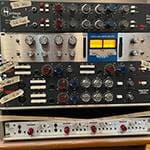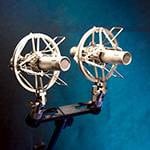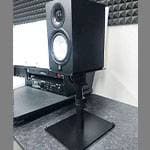■ PolysixEX: The Evolved Sound Engine of the Nautilus
We’ve now wrapped up our exploration of the electric piano and effects in the Korg workstation synthesizer, the Nautilus.
Next, I would like to take a deep dive on the PolysixEX, a built-in polyphonic synthesizer, and share some of my personal memories related to poly synths along the way.
The Nautilus is a music workstation synthesizer that inherits the workstation functionality lineage stretching back to Korg’s legendary M1. Its foundation lies in the KRONOS that was released in 2011, Korg’s flagship model packed with their cutting-edge technology and know-how. Over several updates, the KRONOS has gained acclaim from many professional musicians and grew into a true go-to instrument for pros.
Building upon the KRONOS, the Nautilus was released with a revamped interface and the addition of a new acoustic piano sound engine. It emerged as a cost-effective, state-of-the-art workstation synthesizer from Korg.
Like the KRONOS, the Nautilus is equipped with nine sound engines that represent the best of Korg's technology.
One of these is the PolysixEX, a simulation of the classic Polysix, one of Korg’s iconic early polyphonic synthesizers.
But, don’t let the name fool you; PolysixEX doesn’t just reproduce the original’s six voices. It offers a staggering 180-voice polyphony that’s 30 times more than the original!
Incredible! You can play full, complex chords without any note dropouts.
■ Long-awaited polyphony and low price
The long-awaited rise of polyphonic synthesizers and their affordability began to take shape in the late 1970s through the early 1980s. During this era, legendary instruments like the Prophet-5, Yamaha CS-80, Oberheim OB-X, and Roland Jupiter-8 captured the imagination of musicians everywhere. These synthesizers, released between 1977 and 1981, marked the beginning of a polyphonic boom in the professional music world. However, they came with incredibly high price tags: the Prophet-5 cost around 1.7 million yen, the CS-80 about 1.28 million yen, the Jupiter-8 around 980,000 yen, and the Oberheim OB-X was close to or even over 2 million yen. These prices were far beyond what amateur musicians could afford. At the time, many hobbyists only had access to monophonic synthesizers that could produce one note at a time. For them, the ability to play chords on a polyphonic synthesizer made these machines feel like unreachable dream instruments.
New music was born from the Dream Machine. Artists like TOTO, Stevie Wonder, Miles Davis, Michael McDonald, Hall & Oates, Howard Jones, and YMO all began incorporating polyphonic synthesizers into their music.
I remember desperately wanting one myself at the time. I wanted it so badly it felt like I could reach out and grab it. Then came the Korg Polysix, a synthesizer that made the dreams of amateur musicians a reality. When I first saw Korg’s press release for it, my heart practically leapt out of my chest. And with six voices, one more than the Prophet-5, it offered true six-voice polyphony. The Polysix was the very instrument that synth-loving amateurs had been waiting for.
■ The Moment My Dream Came True and the Reality of the Polysix
I poured my entire salary and bonus into this instrument. Priced at a reasonable 248,000 yen, it was less than one-sixth the cost of the coveted Prophet-5. Another reason I chose the Polysix was its ability to store 32 different sounds. Until then, the Roland monophonic synth I used, the SH-5, had no memory function, so I had to adjust the sound settings in real time during performances. Being able to recall sounds with just the push of a button made the Polysix feel like a dream instrument. Around the same time, Roland also released the JUNO-6, another polyphonic synth, but it lacked sound memory. Six months later, Roland improved the JUNO-6 into the JUNO-60 and added the memory function.
There’s one more reason why I chose Korg. The Polysix uses VCOs (Voltage-Controlled Oscillators), whereas Roland’s JUNO-6 uses DCOs (Digitally-Controlled Oscillators). Generally, VCOs have the drawback of unstable tuning, while DCOs are digitally controlled and stay perfectly in tune. However, DCOs tend to produce a more straightforward, linear sound, whereas VCOs offer a richer, fuller, and fatter tone. Although DCOs have improved significantly over time and effects can mask their shortcomings, this fundamental difference remains. To put it metaphorically, the layer of air surrounding the sound is thinner with DCOs. Even now, when I buy a synthesizer, I chose one with VCOs because the sound feels thicker and more substantial.
■ What I thought when I heard the sound of Korg Polysix
The tone that came out was a bit different from what I had imagined. My first impression was, “Is this all there is??? The sound is surprisingly thin.” I had mistakenly expected the sound to be like the SH-5’s tone but in polyphonic chords.
This “thinness” curse of the polyphonic synth continued until I purchased an Oberheim Expander. A few years after buying the Polysix, when I got the Roland Jupiter-6, I experienced the same feeling. Although the sound was better than the Polysix, it was still not fat or thick enough. Looking back now, I realize that those sounds were simply the true voices of the Polysix and Jupiter-6. It wasn’t a matter of thickness or thinness, but just how each manufacturer designed the polyphonic synth’s tone, which was faithfully reflected in the instruments. I had mistakenly believed that the intro sound to “Mr. Briefcase”, the first track on Lee Ritenour’s album RIT, was a poly synth sound. In fact, that sound was from the Oberheim OB-X.
Originally, Korg’s polyphonic synths didn't have very thick sounds. About two years ago, I purchased the Korg 8-voice polyphonic Prologue. Naturally, the sound had improved, but it still had that characteristic Korg poly synth tone.
Going back to the Polysix, it’s important to remember that poly synths of that era didn’t include digital reverb or delay effects. To compensate for the thinness of its sound, the Polysix featured an ensemble effect. Applying this effect gave the sound a soft, rich quality that added some thickness. Still, sonically, it wasn’t quite satisfying. I’ll cover the Oberheim influence in another article.
The Polysix struggled with thick lead and brass sounds but was highly useful as a synth for spatial effects like strings and pads. I feel that this characteristic strongly carries over to the PolysixEX sound engine built into the Nautilus. Next time, I’ll actually play some sounds from the PolysixEX—stay tuned!
The “sound & person” column is made up of contributions from you.
For details about contributing, click here.





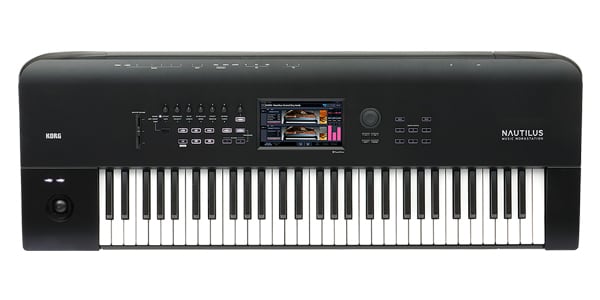


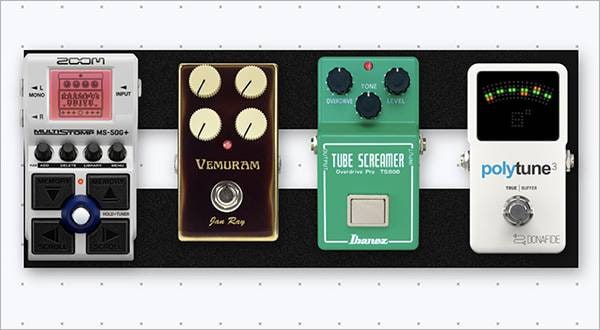
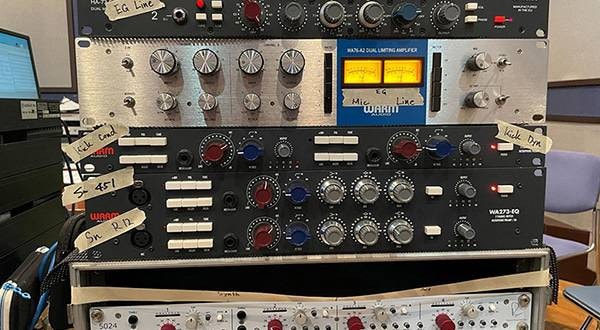


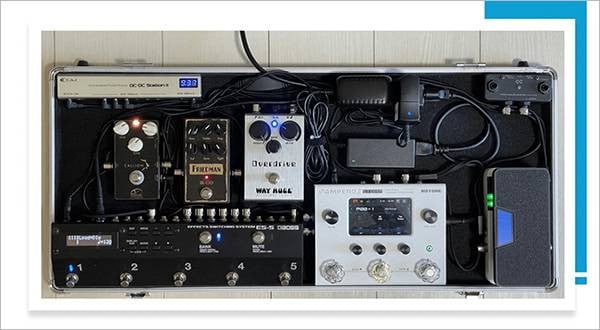
![Vagabond Synth Nerd’s Journal Vol. 243 - The Meeting of Monster Machine, Korg’s Nautilus: Electronic Piano Edition Part VIII [Final]](/contents/uploads/thumbs/5/2025/5/20250519_5_31464_1.jpg)

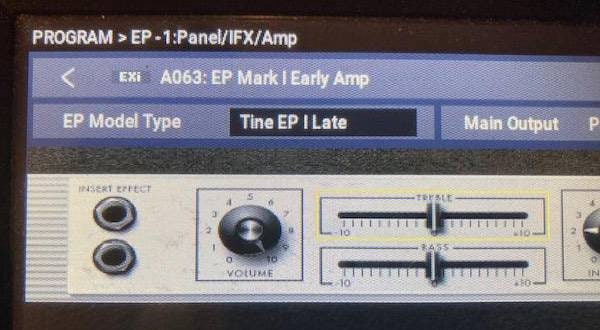



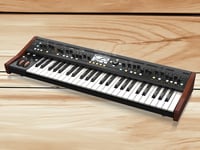 シンセサイザー 入門ガイド
シンセサイザー 入門ガイド
 ポータブルキーボード 入門ガイド
ポータブルキーボード 入門ガイド
 PLAYTECH キーボードセレクター
PLAYTECH キーボードセレクター
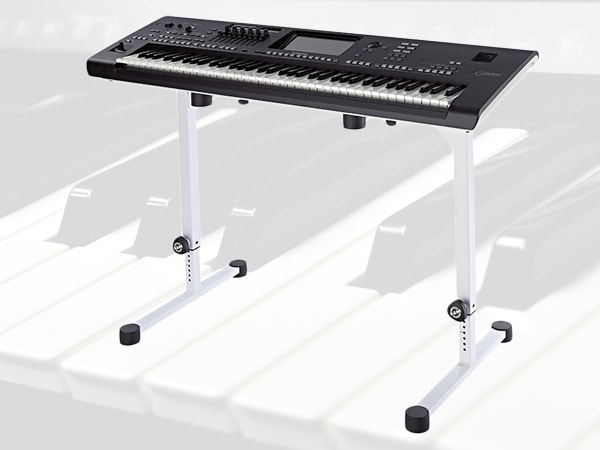 キーボードスタンドの選び方
キーボードスタンドの選び方
 おすすめの電子ピアノ
おすすめの電子ピアノ
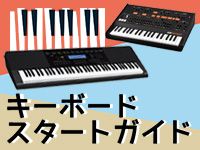 キーボードスタートガイド
キーボードスタートガイド

